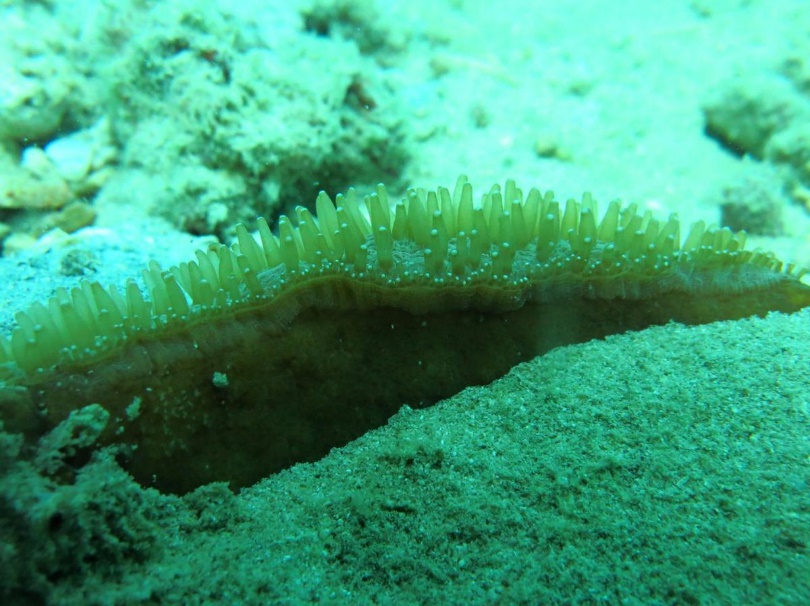Important Facts For Prelims
Four Species of Azooxanthellate Corals
- 23 Jun 2022
- 4 min read
Why in News?
Scientists have recorded Four Species of Azooxanthellate Corals under the Genus Truncatoflabellum (Scleractinian: Flabellidae) for the first time from Indian waters.
What are the Findings?
- Truncatoflabellum crassum, T. incrustatum, T. aculeatum, and T. irregulare are the four species of corals found.
- These groups of coral were previously found from Japan to the Philippines and Australian waters while only T. crassum was reported within the range of Indo-West Pacific distribution including the Gulf of Aden and the Persian Gulf.
- They are found from the Waters of Andaman and Nicobar Islands.
- They are Azooxanthellate corals, which are a group of corals that do not contain zooxanthellae and derive nourishment not from the sun but from capturing different forms of plankton.
- Zooxanthellae are unicellular, golden-brown algae (dinoflagellates) that live either in the water column as plankton or symbiotically inside the tissue of other organisms.
- Zooxanthellate corals, meanwhile, are restricted to shallow waters.
- They are hard corals and are not only solitary but have a highly compressed skeletal structure.
- There are about 570 species of hard corals found in India and almost 90% of them are found in the waters surrounding Andaman and Nicobar Islands. The pristine and oldest ecosystem of corals share less than 1% of the earth’s surface but they provide a home to nearly 25% of marine life.
- They are deep-sea representatives, with the majority of species reporting from between 200 m to 1000 m.
- They also occur in shallow coastal waters.
What is the Significance of the Study?
- It illustrates the morphological features along with the global mapping of zoogeographic distributional ranges of the above said four newly recorded species of flabelliids from Indian waters.
- The most studies of hard corals in India have been concentrated on reef-building corals while much is not known about non-reef-building corals. These new records enhance knowledge about non-reef-building, solitary corals.
- The presently reported four species of solitary stony corals enhance the national database of biological resources of India and also define the expansion of scope to explore these unexplored and non-reefs building corals.
What are Corals?
- Corals are made up of genetically identical organisms called polyps. These polyps have microscopic algae called zooxanthellae living within their tissues.
- The corals and algae have a mutualistic relationship.
- The coral provides the zooxanthellae with the compounds necessary for photosynthesis. In return, the zooxanthellae supply the coral with organic products of photosynthesis, like carbohydrates, which are utilized by the coral polyps for the synthesis of their calcium carbonate skeletons.
- In addition to providing corals with essential nutrients, zooxanthellae are responsible for the unique and beautiful colors of corals.
- They are also called the “rainforests of the seas”.
- There are two types of corals:
- Hard, shallow-water corals—the kind that builds reefs.
- Soft corals and deepwater corals that live in dark cold waters.







